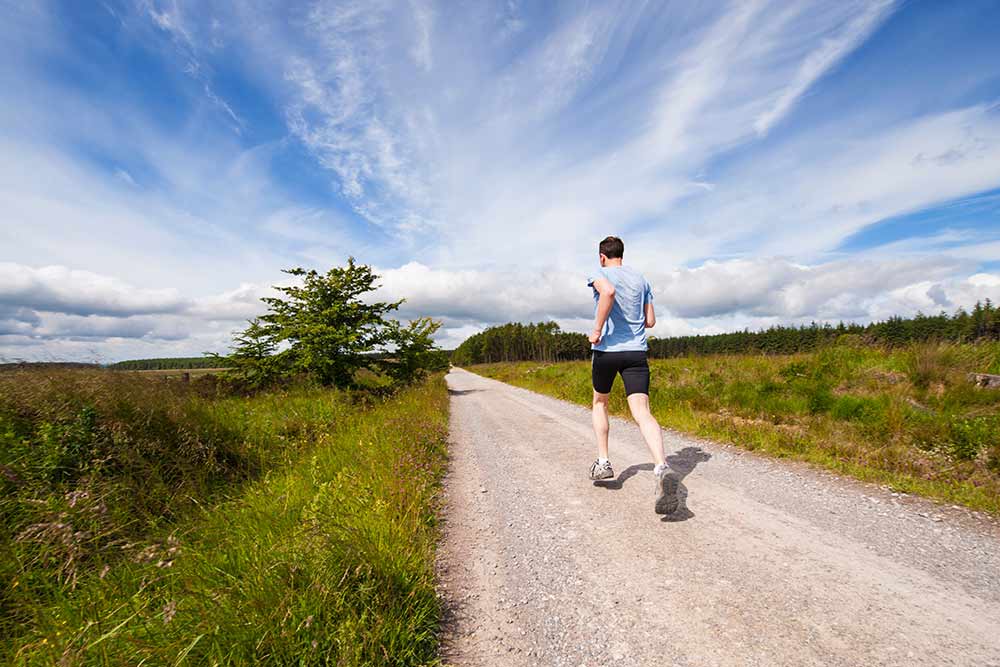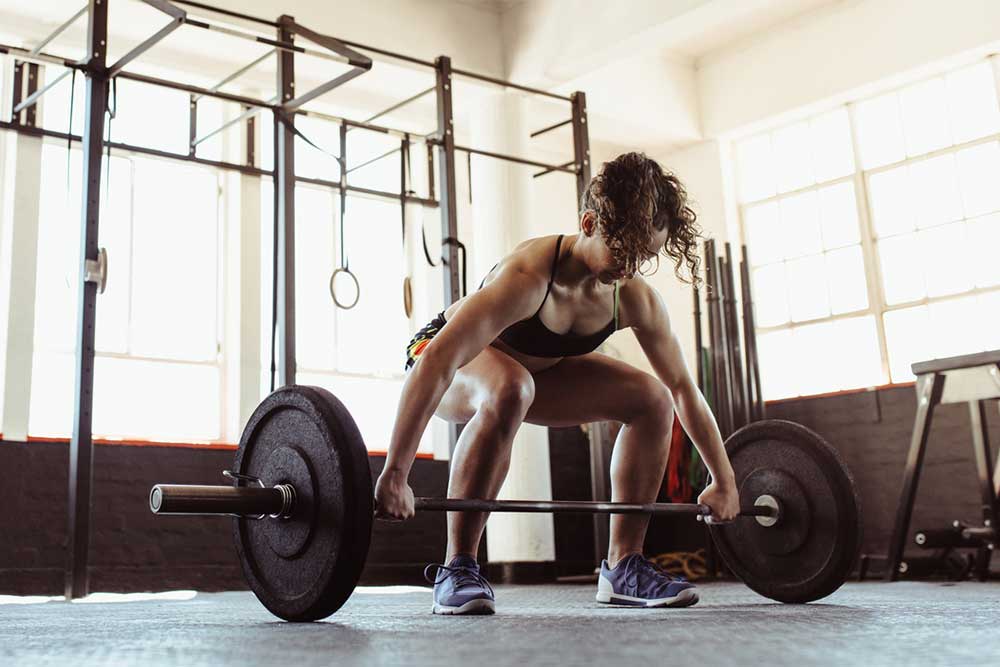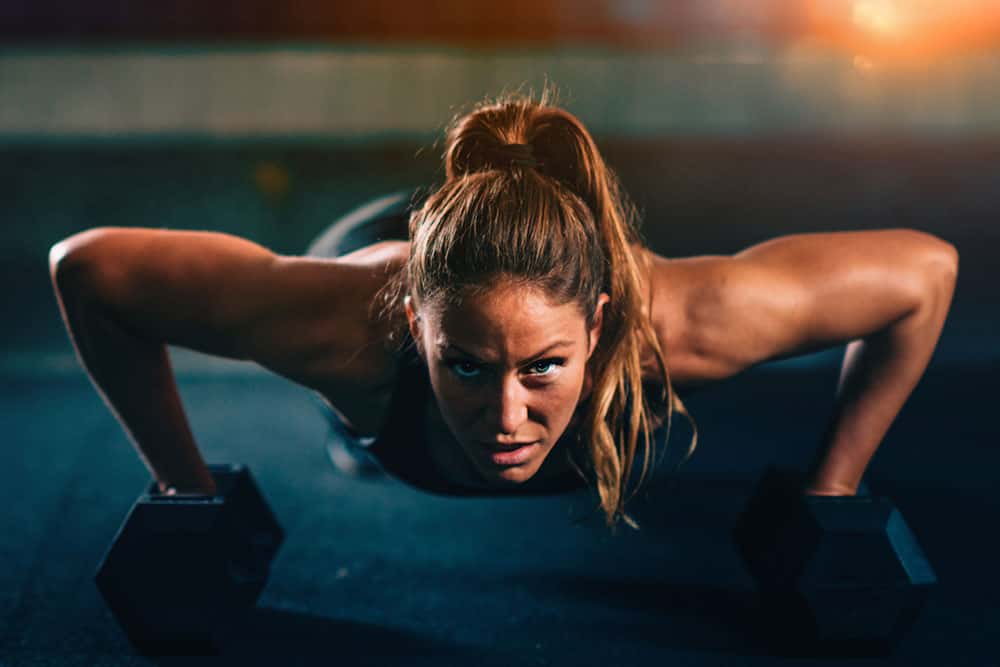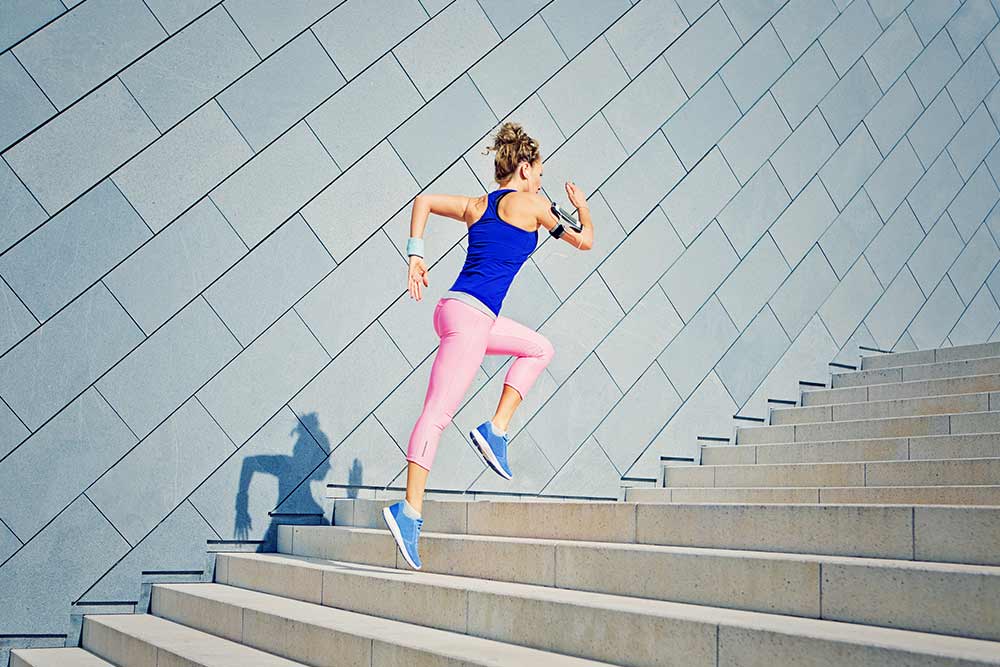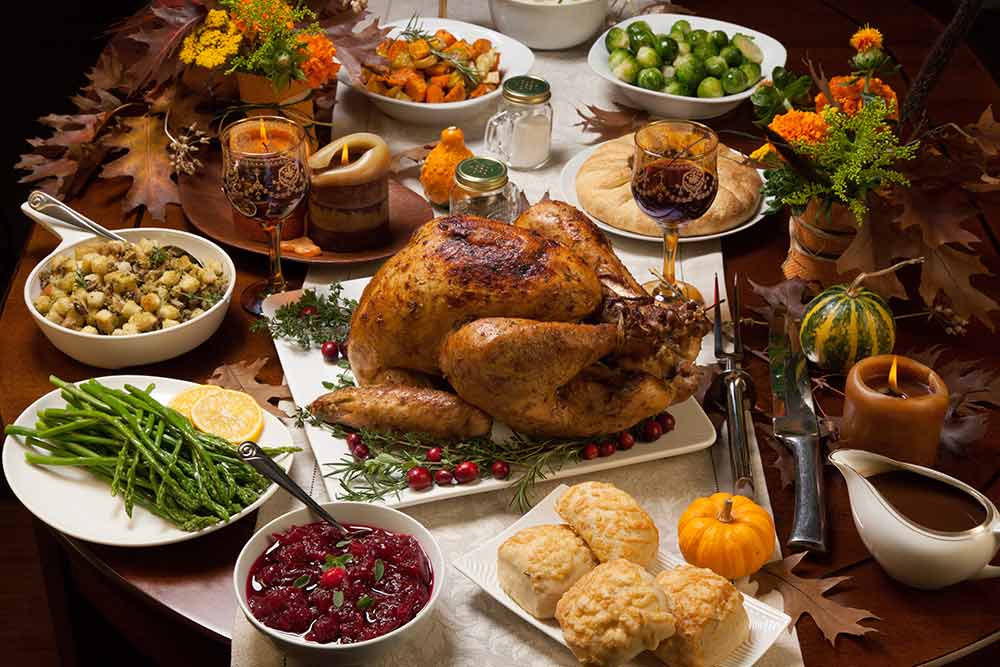Exercise is Contagious – And Your Ego Drives It

Evan Stevens
At Forever Fit Science we’ve previously discussed the benefits of working out in groups. The most recent article, published by Catherine O’Brien, simply titled “Improve Pace by Running With Others,” looked at how running with a group actually improved running performance in a time-trial situation. Now, this is great news for anyone looking to make an improvement and should be an advertisement for any run club/group or track and field team looking to recruit some new members. But why is that? Why do we run faster in a group? Why is working out with a friend better? A new study published in the journal of nature aimed to answer this burning question and they came up with a single answer: ego.
The whole idea of group benefit of exercise, the researchers hypothesize, rests on the fact that behaviours, or certain behaviours, are contagious. Scientists now are finding that the interdependence of behaviour is what drives human interaction and the human social network. We see someone doing something and it drives us to do similar, to better fit in with the social norm. Health and activity are now being seriously considered as these “behavioural contagions” (a healthy bug that you can catch).
The problem with identifying these contagions scientifically is being unable to quantify social interactions – there are just so many variables such as similarity within social groups, exposure to similar stimuli (which makes it difficult to determine the “start” of the behaviour chain), and the fact that connected individuals influence each other among others. Measuring social interaction has created a challenge in recognizing the causal influence of behaviour in different settings. Basically: people are too random to truly understand on a smaller-laboratory controlled setting. So the researchers did the only thing they could to better understand the social contagions of exercise: go big.
The Study
The researchers tracked data from over a million people (n=1.1M) who ran over 350 km in a “global social network” over a five-year period. These were people who were all connected through running in some way, shape, or form and all could see each other’s results if they so chose to do so. The researchers were able to track 3.4 million ties individual runners formed with other runners within the network and 2.4 million ties that were connected by geography and weather systems. All the data was collected digitally (not self-reported), and could not choose what runs they did or did not share – it was all out in the open. The researchers looked at the difference within an individual’s performance (which they dubbed ‘ego’) and how that related to a peer or friend’s performance.
Results
The researchers found that humans have egos; more so within close friend groups, but also in general between peers. Less active runners influence more active runners but not the other way around, both men and women influence men, but only women influence other women (a man will let ego take over from either gender and run more/harder whereas women will just look at other women’s results for motivation). Consistent runners are influenced more by less consistent but not the other way around and so on.
The researchers found that every additional kilometer run by friends influences ego to run an additional 3/10th of a kilometer more, for every additional kilometer per minute run by friends influences ego to run 3/10th of a kilometer per minute faster and that an additional 10 minutes run by friends influences ego to run about three and a half minutes more. However, this influence by friends diminishes over time; if a friend ran today, ego is less influenced tomorrow and even less so the day after. Ego is influenced immediately and unless acted upon soon, the motivation it provides is diminished.

The panels display social influence coefficients from second-stage regressions in the two-stage least squares specification for friends’ behaviour at time t influencing ego at time t, t+1 and t+2 for (a) distance ran in kilometres (km), (b) pace in km per minute, (c) running duration in minutes and (d) calories burned. Bars are 95% confidence intervals.
The Great Debate
This peer influence is also what we call “heterogeneous” across these relationship types. That is, they are diverse between the types. As the researchers put it, “runners are more influenced by peers whose performance is slightly worse, but not far worse, than their own as well as by those who perform slightly better, but not far better, than they do.” There is still debate as to how we compare ourselves within our own peer group. Do we compare upward to motivate us for self-improvement, or do we compare downward in a way to motivate us to “protect our own superiority?” While the debate will continue, the researcher’s findings suggest that downward motivation is the most powerful factor that influences exercise (hence the scientists choice for labelling the motivation as ‘ego’).
The researchers also discussed how exercise becomes contagious and it has to do with the embeddedness of the relationship. It seems as though the better you know someone, the more contagious exercise is, and the greater the influence of ego. The more close relationships a singular relationship has, the better the spread of the behaviour (in this case, exercise). Close friends groups all doing an activity offers a better incentive to keep going than doing an activity with acquaintances.
Take Aways – What you can do
If you are serious about getting fit here is what you can take from this article to apply it to your everyday:
- Join a group/club and make sure there are members around your ability level and are similar to you. Or get your friends together and start doing an activity to you all enjoy.
- Mixed gender groups are fine but you will get more benefit from groups that are your gender.
- If you are new to a group, be social with them. Become friends. Do not just use it as a way to train, really try to be social. Hang out after practice/workouts. Do stuff together.
- Get everyone to join a social exercise network that allows everyone to hook-up their exercise data to and share. Strava is easily the best social network tool for athlete groups and works well with both running and cycling.
- Ego can benefit you if it is directed as motivation to be better. It is an effective social tool for health and performance (just don’t show off too much).
It is a pretty easy game plan to put into action. Social interaction, as well as egos both big and small, are all part of human nature. Just get some friends and have a little friendly competition month to month or year to year to see who is the most active. Your healthy and active body will thank your ego.
You Might Like:
How Prolonging Your Athletic Career Impacts Longevity
Evan Stevens Athletes are put under a microscope from the moment they take their first steps into the limelight. Statistics track their every move, from strict performance metrics such as save percentages, shots on goal,...Reaction Time Test: Improving Your Time
Evan Stevens Aging sucks. While some argue that aging is a wonderful part of life, that it gives us experience and allows us to better know ourselves, at the end of the day, it really...Relative Energy Deficiency: Nutrition For Endurance Athletes
Evan Stevens Speak with any endurance athlete and the topic of conversation almost always steers towards nutrition. Endurance athletes are the pickiest, most finicky bunch you will ever meet, from the over health conscious “I...The 7 Myths of Weightlifting
Evan Stevens There are common utterances when the conversation shifts to weightlifting and why people don’t do it. More so than any other form of exercise, lifting has a near infuriating amount of misinformation and...What is a High-Intensity Interval Training (HIIT) Workout Anyway?
Evan Stevens High-Intensity Interval Training (HIIT) is a huge ‘hit’ with exercise researchers and the general population alike. It is less time consuming and can imbue the same if not more benefits as traditional exercises...Do Ketogenic Diets Reduce Anaerobic Performance?
Evan Stevens Ketogenic diets have come to the forefront of popular health fads in the past few years. Placing the majority of our health and dietary problems on carbohydrates (due to the spike in blood...Refferences:
Aral, S. & Nicolaides, C. Exercise contagion in a global social network. Nat. Commun. 8, 14753 doi: 10.1038/ncomms14753 (2017).

